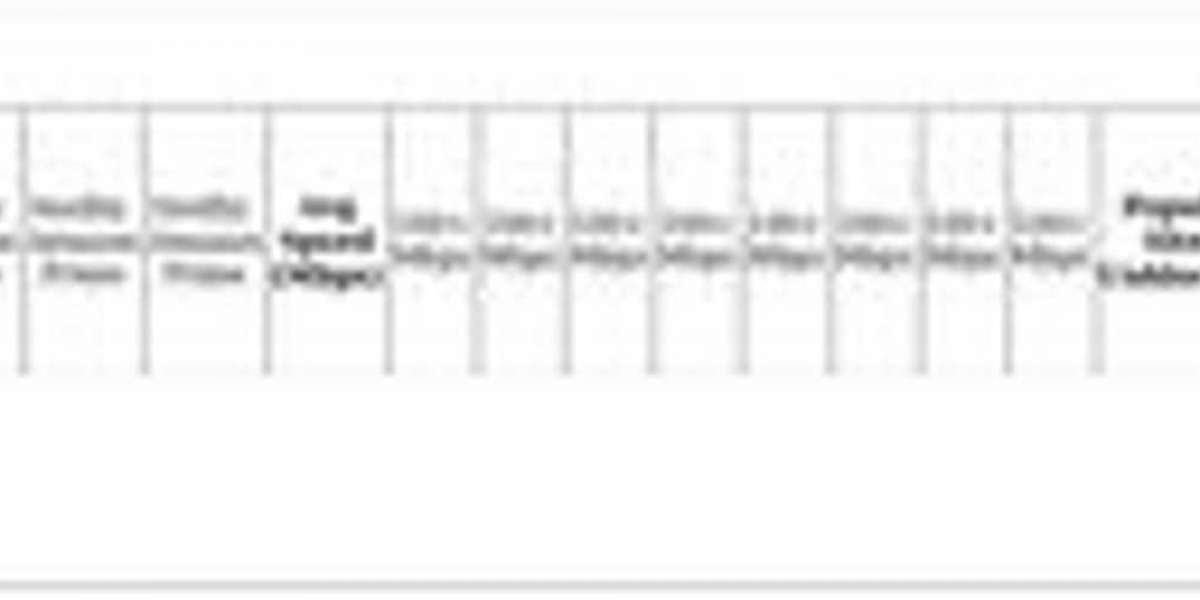The landscape of healthcare in India is undergoing a profound digital transformation, with Software as a Medical Device (SaMD) emerging as a critical and rapidly expanding segment. These standalone software applications, designed for medical purposes without being part of a physical medical device, are revolutionizing diagnosis, monitoring, and treatment, but also bring unique regulatory and cybersecurity challenges.
The Rise of SaMD in Indian Healthcare
India's SaMD market is witnessing significant growth, driven by:
- Technological Advancements: The proliferation of artificial intelligence (AI), machine learning (ML), Internet of Things (IoT), and big data analytics is enabling the development of sophisticated SaMD solutions. These include AI-powered diagnostic tools for radiology and cardiology, remote patient monitoring platforms, and clinical decision support systems.
- Increasing Digital Adoption: A growing digital-first mindset among healthcare providers and consumers, accelerated by the pandemic, has fueled the adoption of telehealth and remote care solutions, where SaMD plays a pivotal role.
- Chronic Disease Burden: The rising prevalence of chronic diseases like diabetes and cardiovascular conditions necessitates continuous monitoring and personalized management, areas where SaMD can offer efficient and accessible solutions.
- Government Initiatives: The Indian government's push for "Digital India" and its focus on healthcare innovation are creating a conducive environment for SaMD development and deployment.
Regulatory Framework Taking Shape
Recognizing the unique nature of SaMD, India's Central Drugs Standard Control Organisation (CDSCO) has made strides in establishing a regulatory framework.
- Classification Guidelines: In September 2021, CDSCO released official guidelines for classifying SaMD in harmony with the International Medical Device Regulators Forum (IMDRF) risk-based classification. SaMD is categorized into low-risk (Class A), low-moderate risk (Class B), moderate risk (Class C), and high-risk (Class D) devices.
- Broadening Scope: A notification in February 2020 expanded the scope of devices regulated under the Drugs and Cosmetics Act, 1940, to specifically include software used for diagnosing, preventing, monitoring, or treating diseases, or investigating physical processes. This means SaMD must comply with the Medical Device Rules, 2017, and relevant ISO standards like ISO 13485:2016 for Quality Management Systems.
- Ethical AI Guidelines: The Indian Council of Medical Research (ICMR) has published "Ethical guidelines for application of Artificial Intelligence in biomedical research and Healthcare," emphasizing patient safety, privacy, and transparency in AI-driven healthcare.
Challenges and the Path Forward
Despite the positive developments, the SaMD sector in India faces hurdles:
- Regulatory Clarity and Speed: While guidelines exist, industry stakeholders still express concerns about the lack of specific, tailored regulatory guidelines for the unique characteristics and risks of SaMD, leading to ambiguity in classification and approval processes. Startups, in particular, face delays in getting devices classified, which impacts their time-to-market.
- Data Privacy and Cybersecurity: SaMD often handles sensitive patient data, making data privacy and cybersecurity paramount. The Digital Personal Data Protection Act, 2023 (DPDP Act) has introduced stricter norms, but robust implementation and continuous vigilance are essential to build patient trust and prevent breaches.
- Interoperability: Ensuring seamless integration of SaMD with existing healthcare IT systems, electronic health records (EHRs), and other medical devices is crucial for widespread adoption and effectiveness.
- Awareness and Adoption: Educating healthcare professionals and the public about the benefits and safe use of SaMD is vital for its successful integration into clinical practice.
As India aims for a $50 billion medtech industry by 2030, a streamlined, transparent, and SaMD-specific regulatory ecosystem, coupled with strong cybersecurity measures and a focus on interoperability, will be critical to unlock the full potential of software-driven healthcare innovation. Local companies and startups are actively contributing to this burgeoning field, signaling a promising future for digital health in the country.








